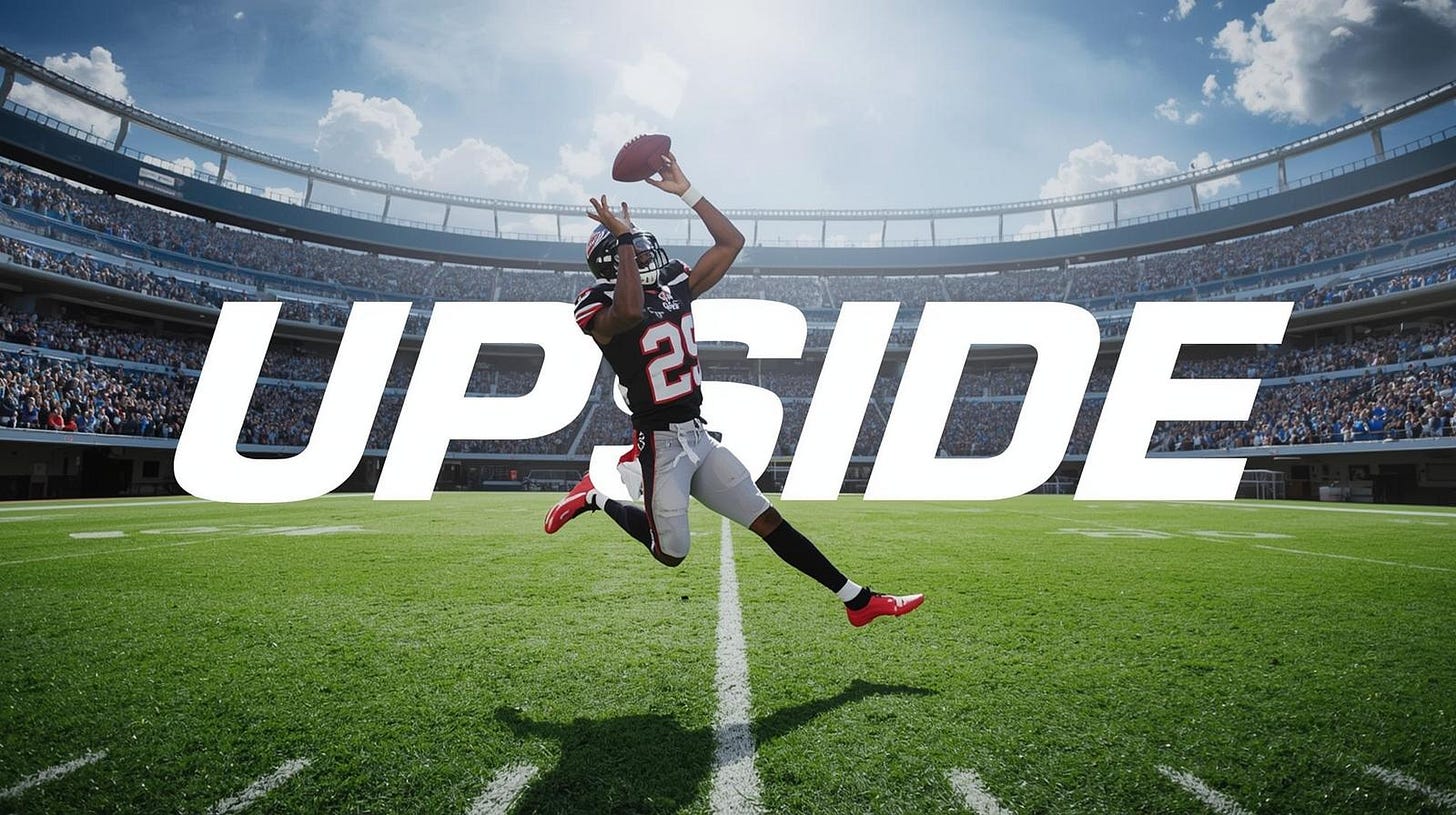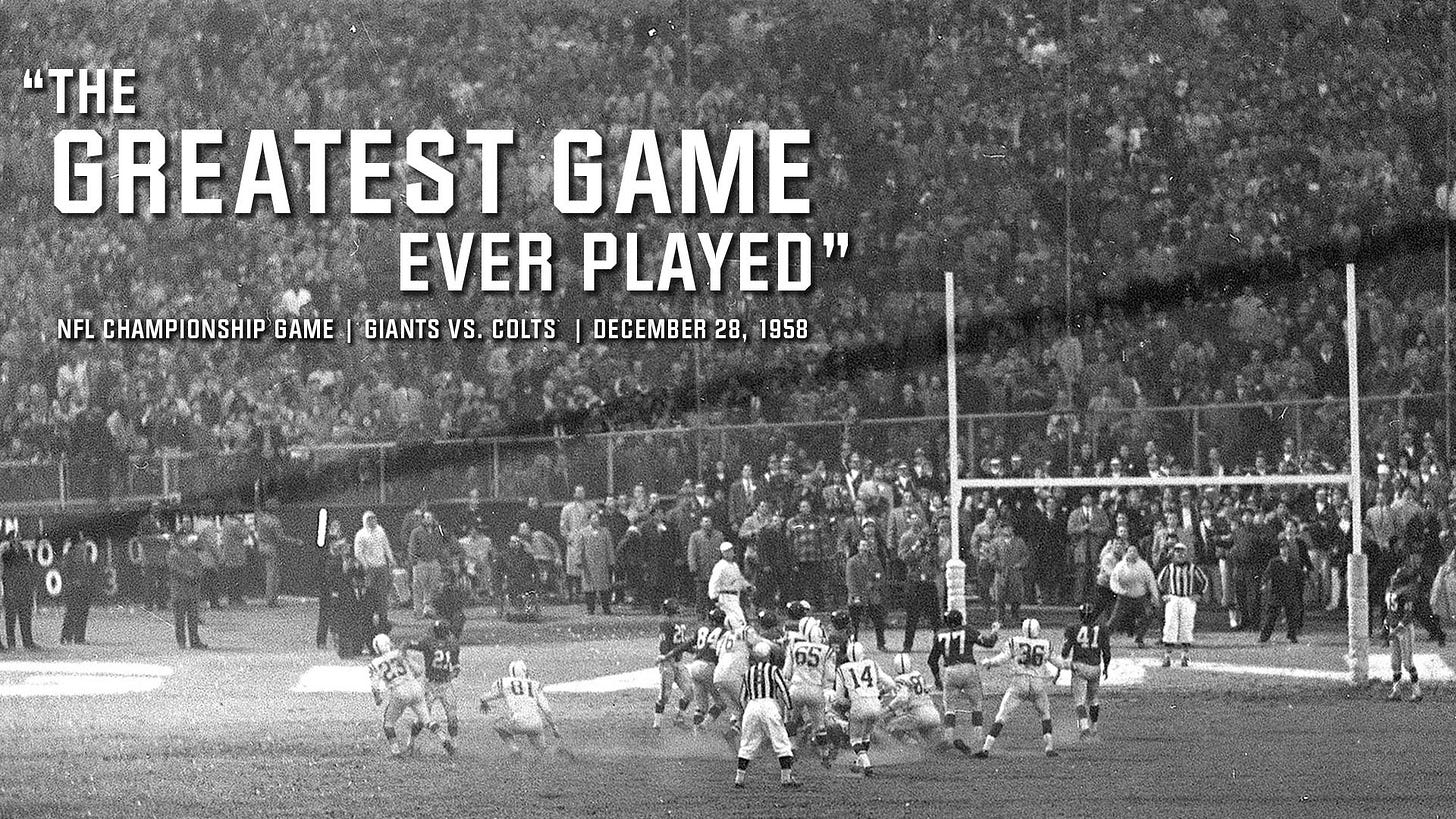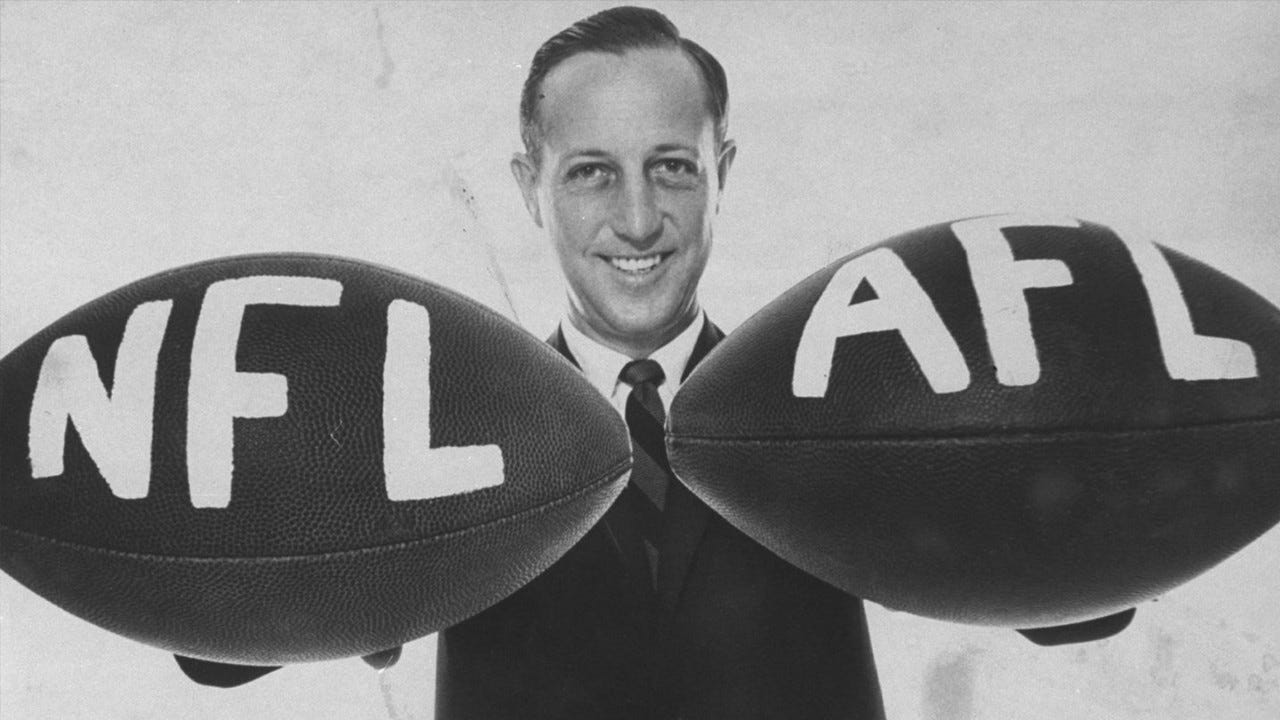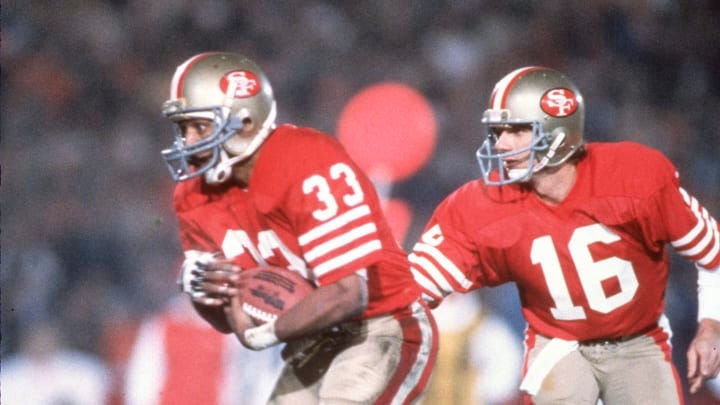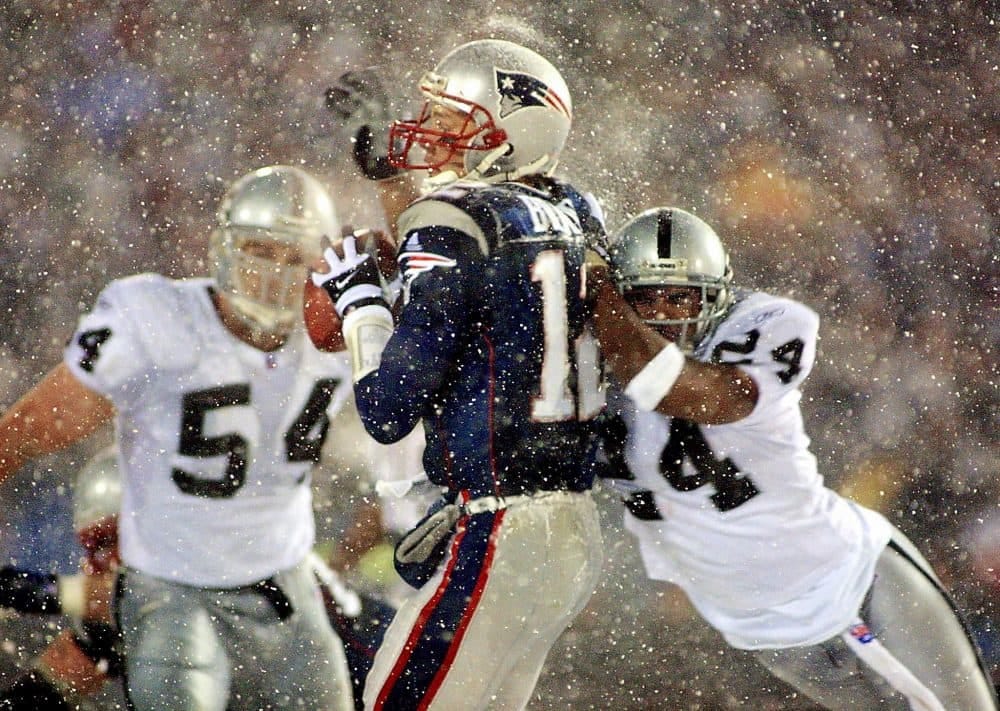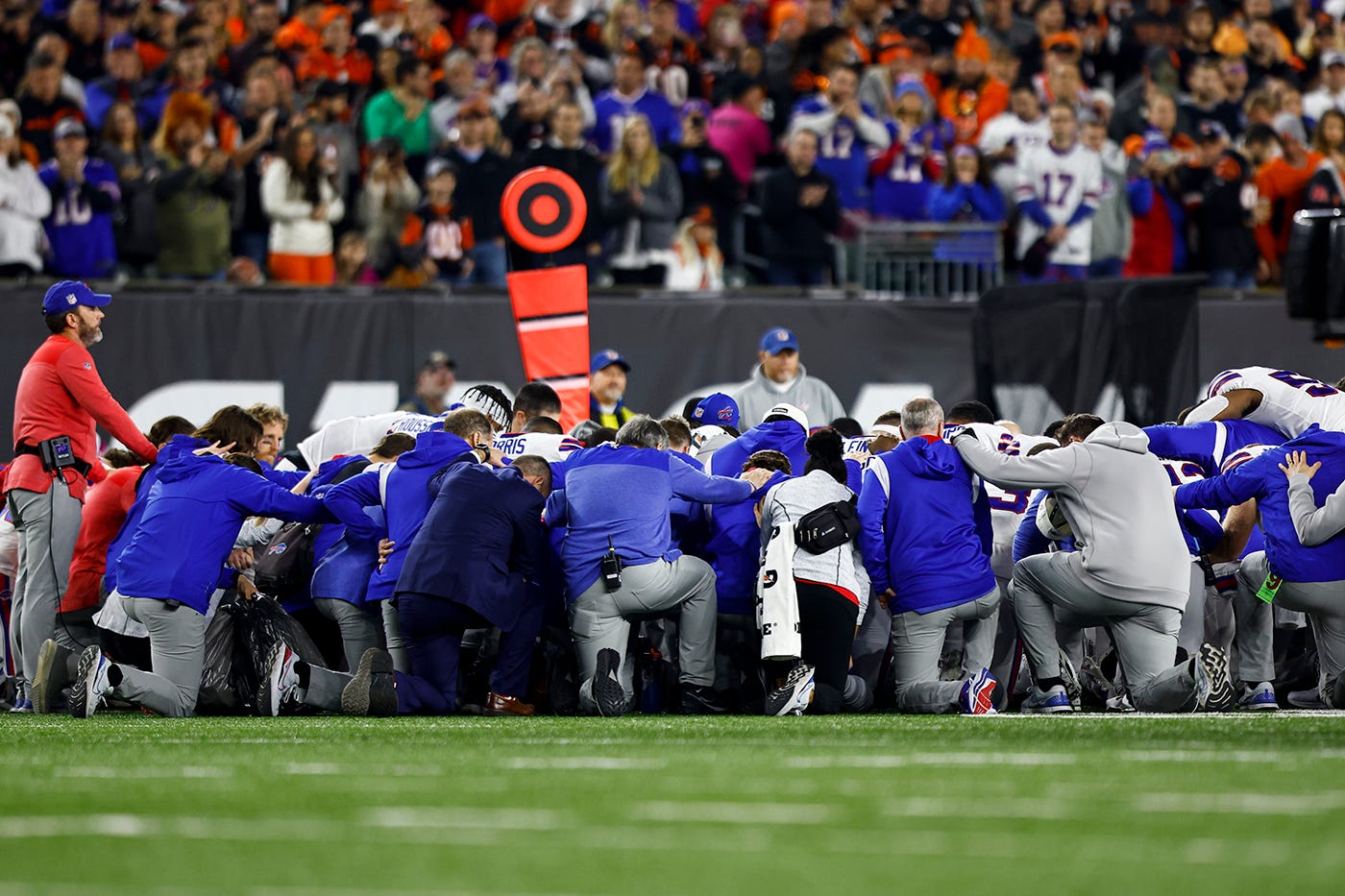🏈 Special Upside Report: The NFL in 2025: Power, Culture, and the Future of America’s Game
The 2025 NFL season officially kicks off this weekend, and with it comes a new chapter in one of the most powerful and influential sports leagues in the world. More than just a game, the NFL has evolved into a cultural force, a financial juggernaut, and a hub of innovation where performance science and fan engagement technologies intersect. As we head into Week 1, it’s worth examining not only the league’s historical roots but also its economic might, its unique culture, and the growing role of technology in shaping the future of football.
A Brief History of the NFL
The National Football League was founded in 1920 as the American Professional Football Association before adopting its current name in 1922. Over the decades, it grew from a small, regional collection of teams into the most dominant professional sports league in the United States.
Key milestones in NFL history:
1920 – League founded as the APFA.
1970 – AFL-NFL merger creates one unified league.
1967 onward – Super Bowl established as the ultimate championship.
2015 – NFL gives up non-profit status, becomes taxable entity.
Today – Expanding globally with regular-season games overseas.
Key Historic Moments and the Super Bowl
The NFL’s history is rich with defining moments that shaped both the sport and American culture:
1958 “Greatest Game Ever Played” – The NFL Championship between the Baltimore Colts and New York Giants, often credited with sparking national interest in professional football.
1970 AFL–NFL Merger – Consolidated the two leagues, creating modern conferences (AFC and NFC) and setting the stage for the Super Bowl as the ultimate showdown.
1980s Rise of Dynasties – Teams like the San Francisco 49ers (with Joe Montana) and Dallas Cowboys redefined excellence and global recognition.
2001 “Tuck Rule” Game – A controversial moment that marked the beginning of the New England Patriots dynasty under Tom Brady and Bill Belichick.
2023 Damar Hamlin Incident – The on-field cardiac arrest that highlighted advances in player safety protocols and galvanized league-wide discussions on health.
And at the center of it all stands the Super Bowl, the crown jewel of American sports:
First played in 1967, the Super Bowl is now the most-watched television event in the U.S. every year.
It has evolved beyond sport into a global spectacle, blending elite competition with halftime entertainment and billion-dollar advertising campaigns.
Historic Super Bowl moments — from David Tyree’s “Helmet Catch” (2008) to Malcolm Butler’s last-second interception (2015) — remain etched into the cultural fabric of America.
The 2024 Super Bowl drew 123.4 million viewers across TV and streaming, making it the most-watched broadcast in U.S. history (Statista).
The Super Bowl has grown far beyond football, serving as a stage where sport, entertainment, and commerce collide — a tradition that continues to elevate the NFL into an unmatched cultural phenomenon.
Economics of the NFL
Financially, the NFL sits atop the sports world, with no other league close to matching its dominance.
$23 billion in total revenue (2024–25 season).
$25 billion goal by 2027 set by Commissioner Roger Goodell (The Sun).
$432.6 million per team in national revenue sharing (Times of India).
$7.1 billion average franchise valuation.
$13 billion Dallas Cowboys valuation — the highest in the league.
$12.4 billion annually from media rights (Amazon, Netflix, Disney/ESPN).
Recent deal: NFL gained 10% stake in ESPN in exchange for broader NFL Network distribution.
The Importance of Team Culture
Beyond money and talent, culture remains a cornerstone of the NFL. Many franchises follow a “military-type” model built around discipline, accountability, and leadership.
Elements of NFL culture that mirror military structure:
Strict daily routines (early morning walkthroughs, film sessions).
Chain of command between ownership, coaches, and players.
Emphasis on accountability and resilience through adversity.
Strong focus on teamwork over individuality.
Viewership and Audience Reach
Even in a fragmented media world, the NFL continues to dominate live sports viewership.
17.5M average viewers per game (2024 season), down slightly from 17.9M the year before.
21.6M average for Sunday Night Football on NBC — best since 2015.
24M+ average for Netflix’s Christmas Day games.
127.7M average for Super Bowl LIX — the most-watched U.S. telecast ever (Evoca.tv).
A Typical Week in the NFL Season
Behind the bright lights of Sunday, every NFL team follows a meticulously structured weekly rhythm designed to balance preparation, performance, and recovery. The schedule mirrors the league’s military-style culture — highly regimented and consistent across organizations, with small variations depending on the head coach.
Here’s what a standard week looks like:
Monday – Recovery & Review
Players come in for medical check-ins, treatment, and recovery sessions (cold tubs, massage, mobility work).
Strength coaches may run light lift sessions focused on recovery.
Film review of the previous game with position groups and full-team meetings.
Tuesday – Players’ Day Off
The only mandated off-day in the NFL collective bargaining agreement.
Many veterans use this day to rest, while younger players often study film, rehab injuries, or catch up on playbook installs.
Wednesday – Install & Practice (Heavy Day)
The first true practice of the week.
Offensive and defensive coordinators introduce the game plan for Sunday.
Full-speed practice with pads, position drills, and scout-team reps.
Often the longest and most physically demanding practice of the week.
Thursday – Game Plan Refinement
Practice remains intense, though slightly shorter than Wednesday.
Coaches refine schemes and emphasize situational football (third downs, red zone, special teams).
Continued weightlifting and conditioning sessions.
Friday – Speed & Precision
A lighter practice focusing on timing, execution, and efficiency.
“Fast Friday” is about running plays at game speed but with reduced physical load.
Film review and team meetings to finalize assignments.
Saturday – Walkthrough
A short, low-intensity session emphasizing mental reps and alignment.
Final reviews of strategy, travel to road games, or team bonding activities.
Players begin to lock into “game mindset.”
Sunday – Game Day
The culmination of the week’s preparation.
Pre-game warmups and position group meetings.
Kickoff, followed by post-game recovery protocols (hydration, treatment, film uploads).
This structured cadence blends physical training, mental preparation, and recovery — embodying the “discipline-first” ethos of NFL life.
Technology and Its Impact
Technology is reshaping both performance and fan engagement in the NFL.
On the field:
Next Gen Stats – RFID chips track player movements, speed, and efficiency.
Wearables & biometrics – monitoring health, recovery, and training loads.
AI-driven performance tools – helping coaches design strategies and reduce injuries.
For fans:
Immersive streaming options on Amazon, Netflix, and Disney+.
Real-time data visualization during games.
Augmented reality (AR) and virtual reality (VR) experiences.
Personalized highlight feeds and interactive apps for deeper engagement.
The Future of the NFL
The league is setting its sights on becoming a truly global sport while continuing to lean on new technologies.
What’s next for the NFL:
Global expansion – games now played in London, Berlin, Madrid, São Paulo, and soon Melbourne (2026).
18th regular-season game being considered, potentially hosted abroad (Talksport).
Increased streaming dominance – pushing live sports further into the digital ecosystem.
Next-gen fan experiences – AR, VR, and AI will personalize how games are consumed.
Player development – advanced analytics, recovery tools, and data science will continue to optimize performance.
Conclusion
As the 2025 NFL season begins, the league stands at the height of its cultural and economic influence. Its financial power is unmatched, its audiences remain massive, and its global ambitions are clearer than ever. Discipline-driven culture continues to shape locker rooms, while technology is transforming how players perform and how fans watch.
The NFL is financially dominant ($23B revenue, $7B+ average team value).
It still commands record-breaking viewership (127.7M for the Super Bowl).
Its military-like culture drives resilience and performance.
Technology is ensuring that the league not only keeps pace with changing fan expectations but also leads the way in innovation.
The NFL is not just preserving its dominance — it is redefining what it means to be a global sports league in the 21st century.
You may also like:

